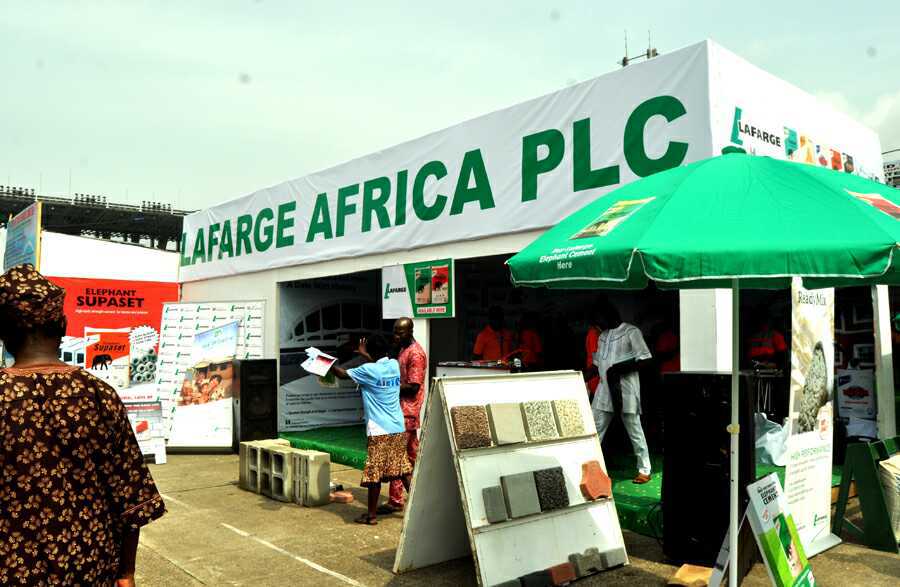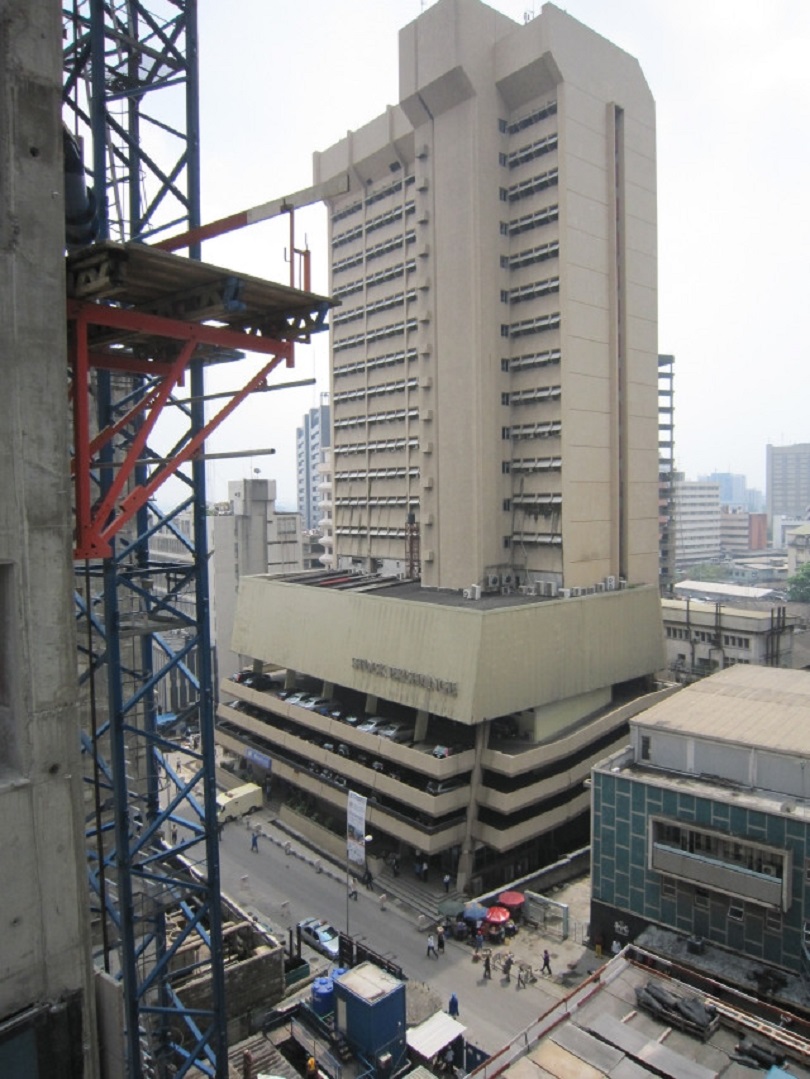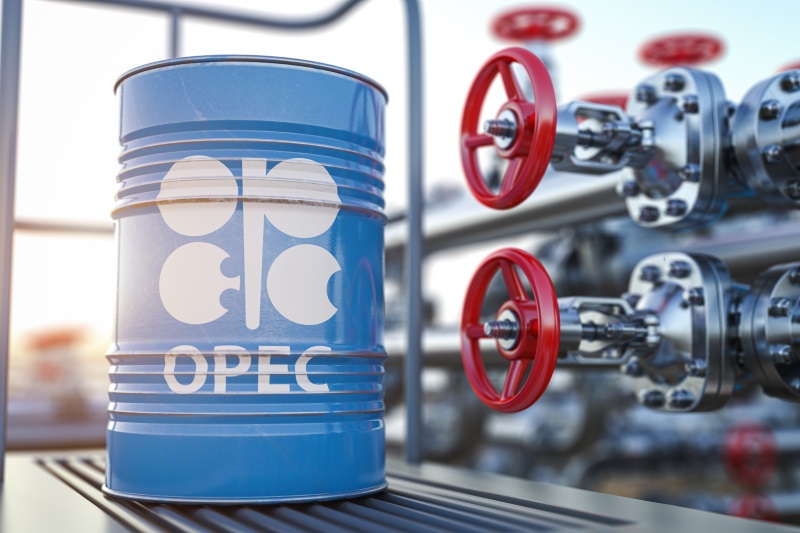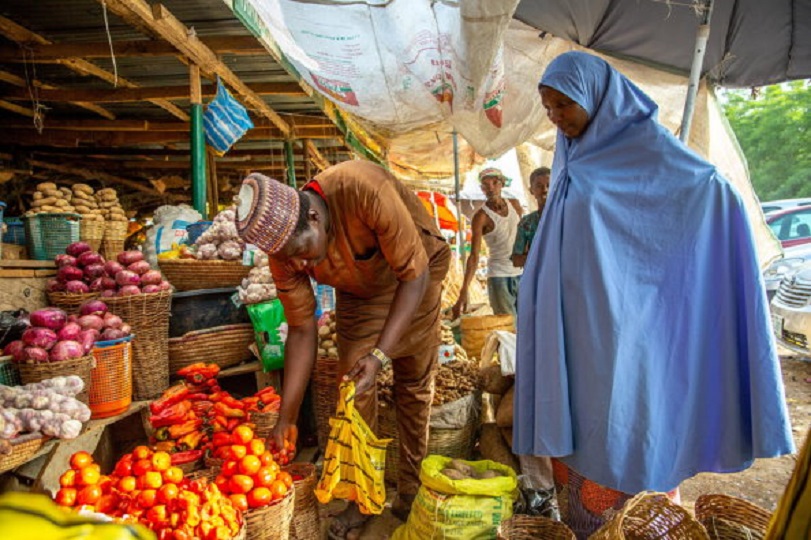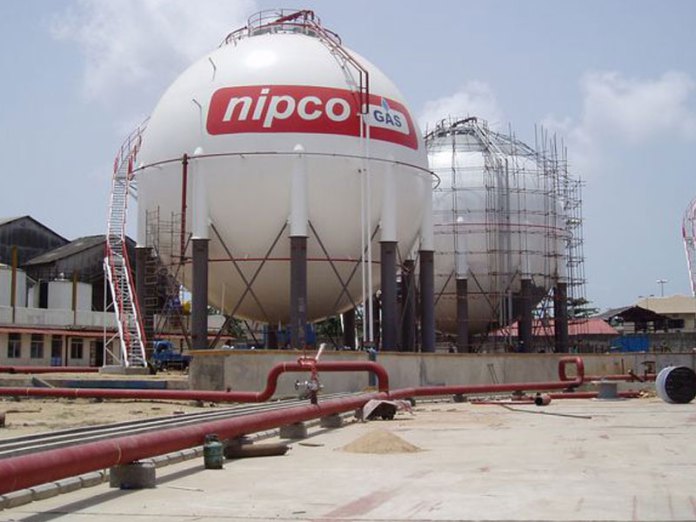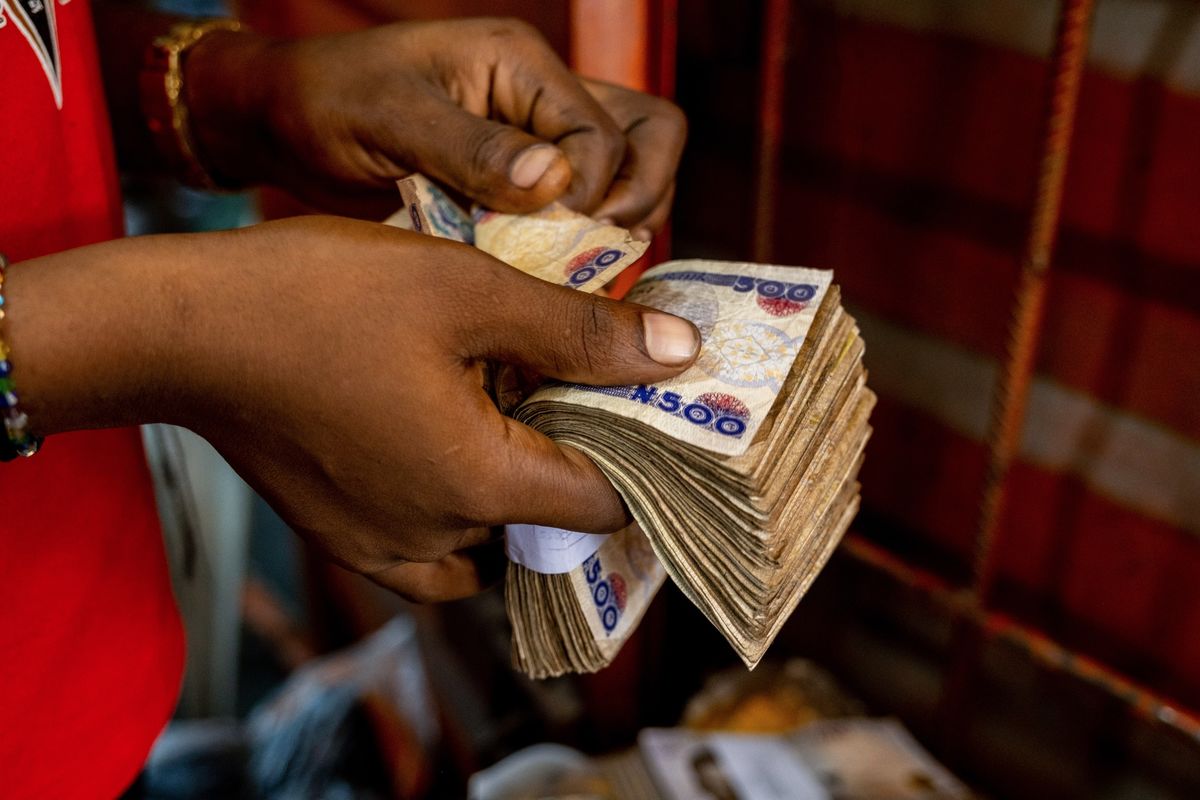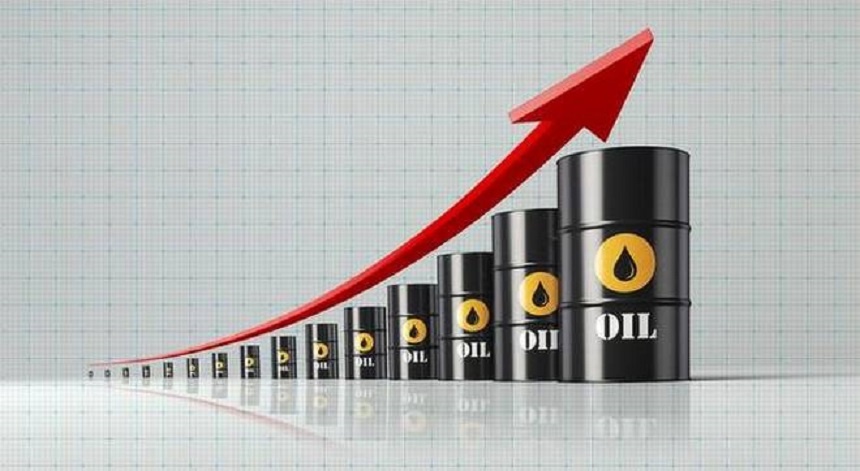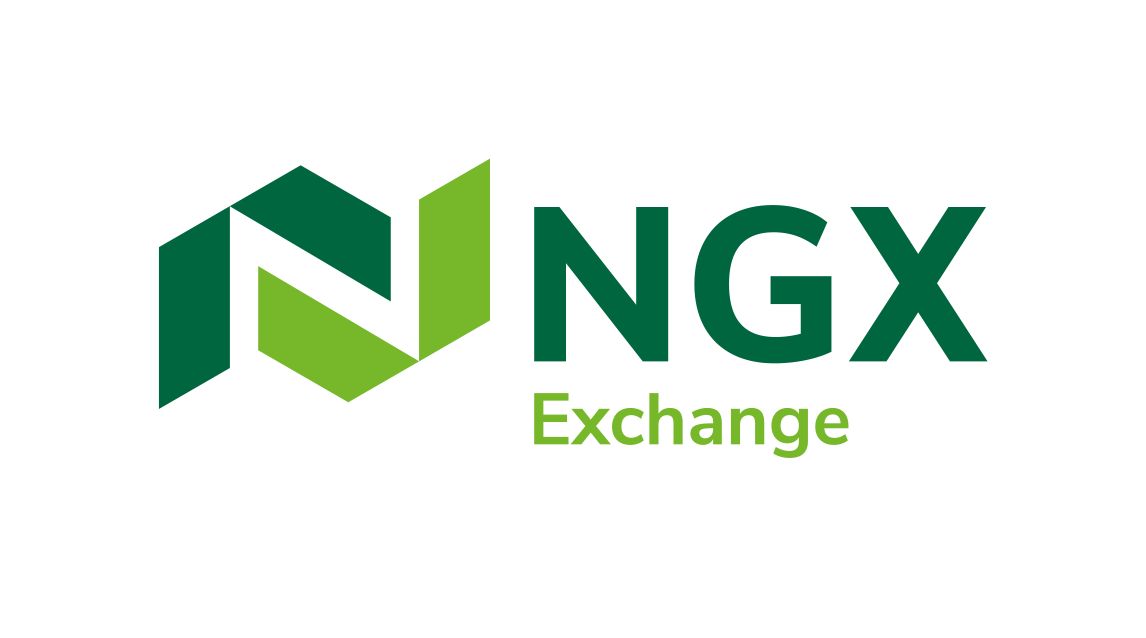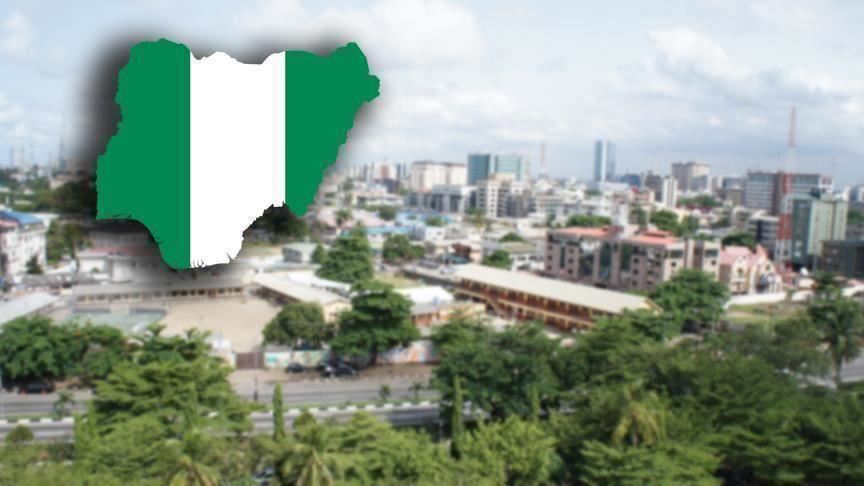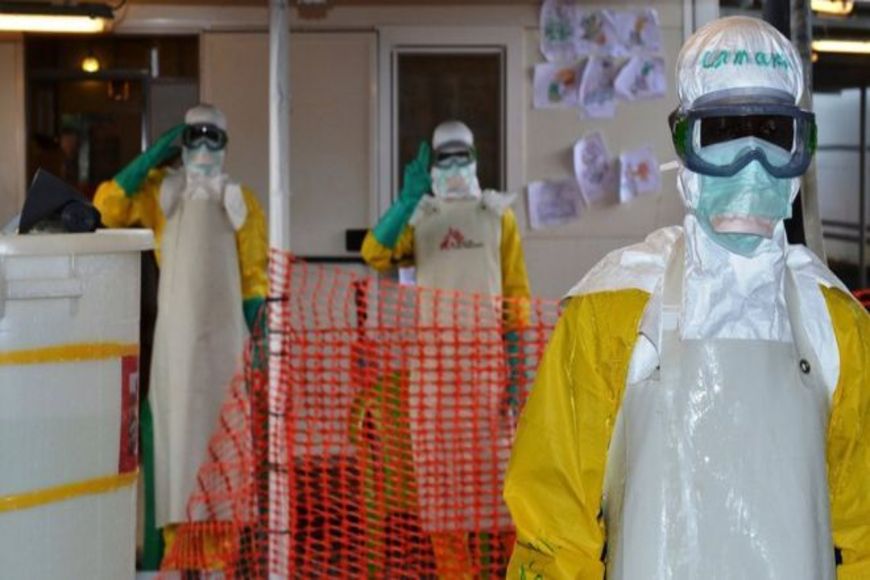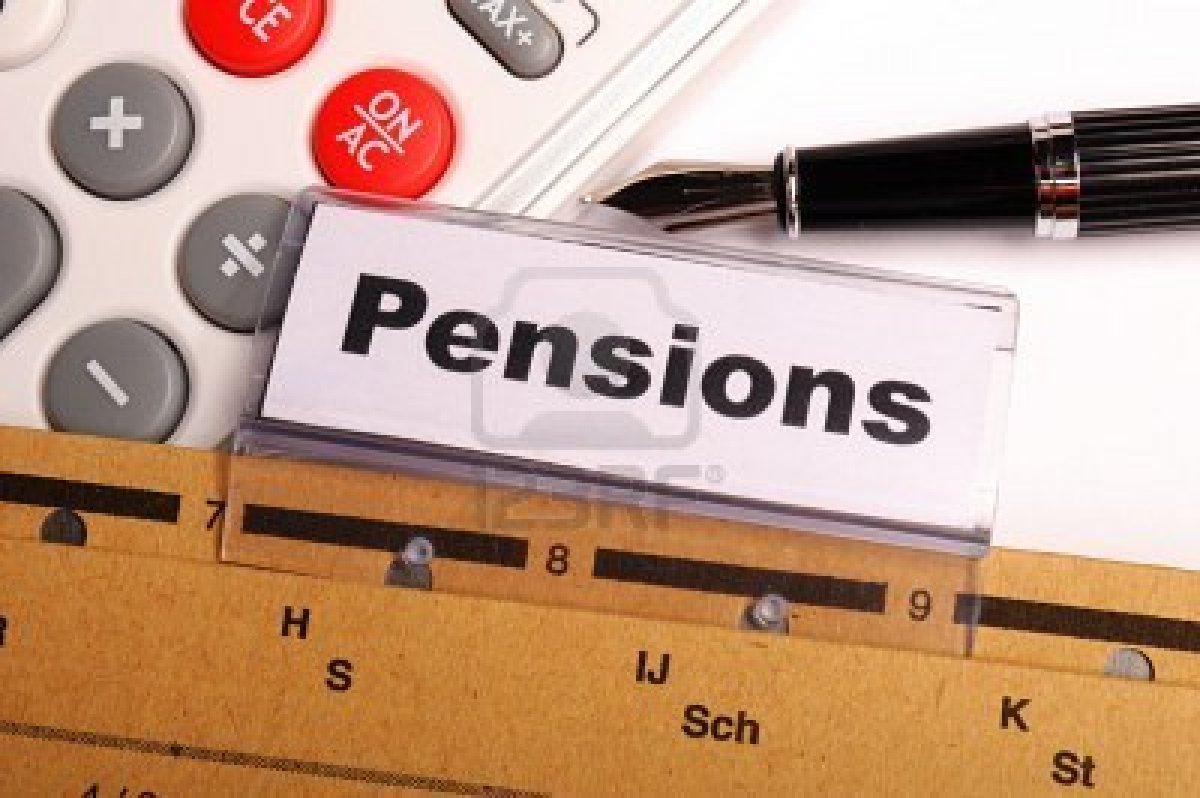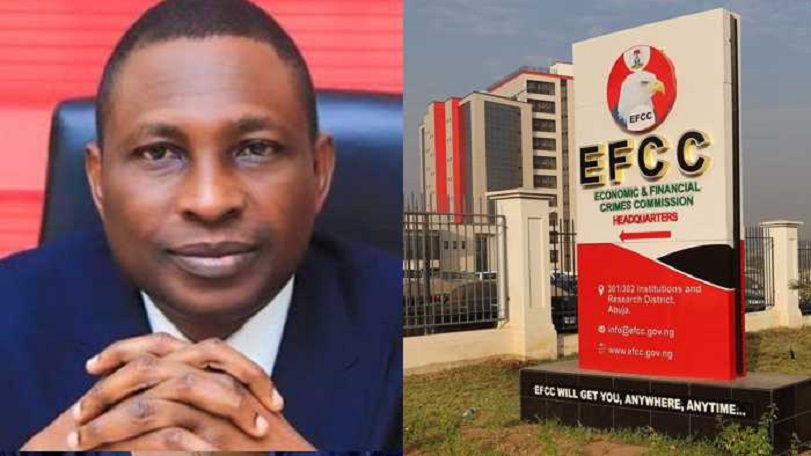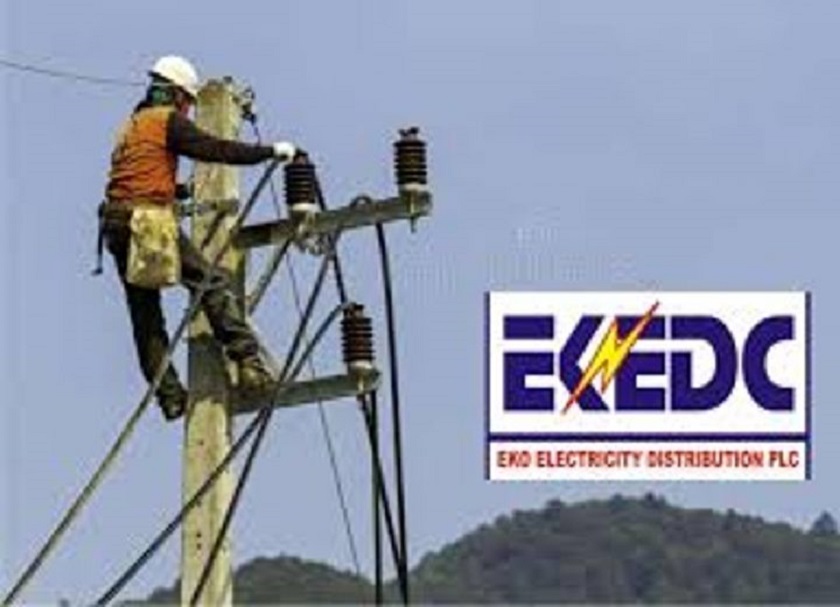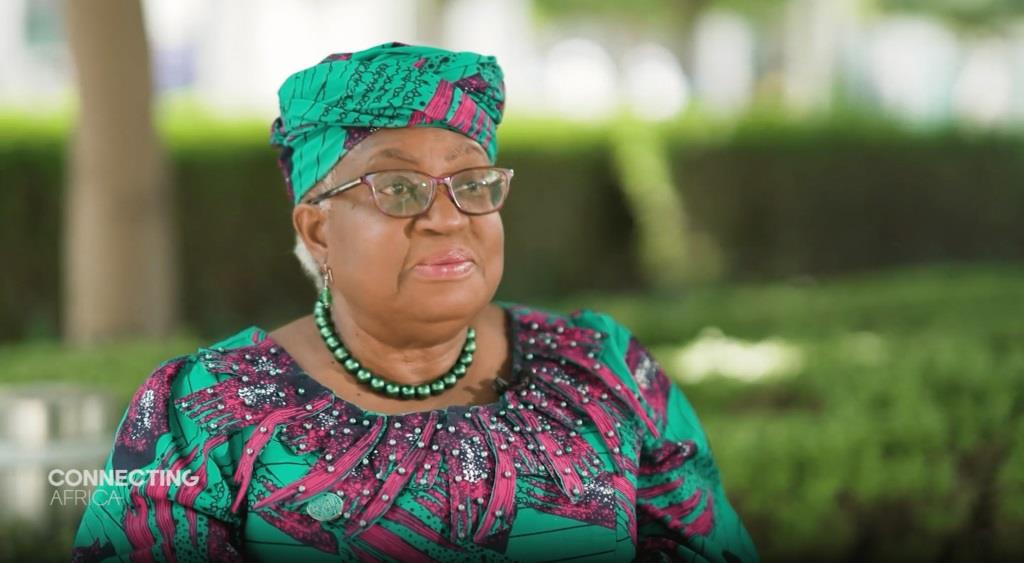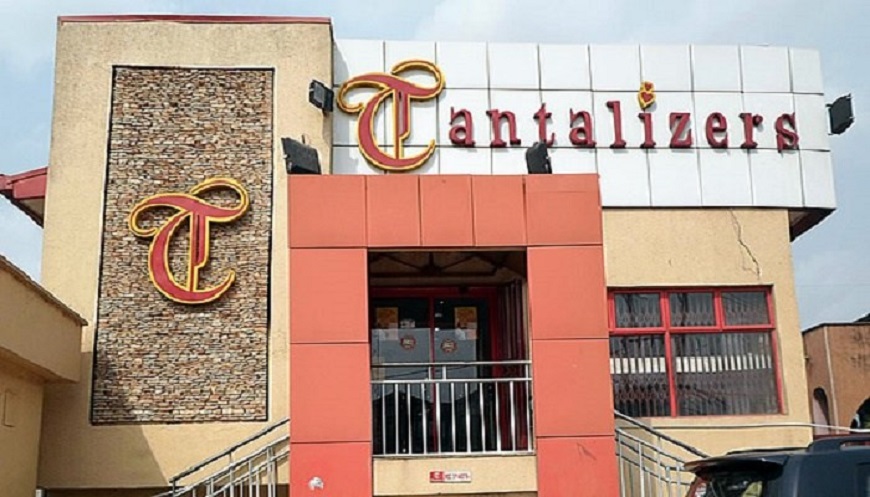By Cordros Research
In June 2014, Lafarge Group announced the combination of its businesses in Nigeria and South Africa to create a leading Sub-Saharan Africa building materials platform.
LafargeHolcim was formed a year after –and became the majority shareholder in LAFARGE – as a result of the successful merger between two global cement giants.
Overall, we saw a transformation of the cement industry at the global level, that could potentially change the dynamics of the Nigerian cement market from one dominated by Dangote Industries Limited (DIL) through Dangote Cement Plc (DANGCEM) – as is currently happening in the brewery industry.
Looking back, WAPCO was actually better-off alone. The 2013 proforma financials show that WAPCO’s standalone EBITDA margin of 37% was a lot bigger than the combined entity’s 27% EBITDA margin. And more instructively, WAPCO’s PBT margin was 28% in 2013 while ASHAKACEM’s and UNICEM’s were 13% and 5% respectively.
Shareholders have been on the losing end since the restructuring. We estimate that the M&A resulted in the dilution of the share of minority shareholders’ stake in the old WAPCO to 22% currently (our estimate), from 40% pre-merger level.
From an earnings perspective, it is instructive noting that since the NGN9.4/s last reported by WAPCO in 2013FY, EPS has been on a consistent slide under LAFARGE to negative NGN6.4 in 2017FY, eroded by high restructuring and financing costs.
The experience has been worse for shareholders when viewed with respect to share price performance.
The causes of LAFARGE’s dwindling earnings are diverse and largely result from the business combination. Operating costs have increased significantly following the M&A at a four-year CAGR of 20%, faster than revenue CAGR of c.10%. From NGN21.5 billion in 2013FY, the total debt reported by LAFARGE increased to NGN287.6 billion in 2017FY, with finance costs increasing accordingly. Besides, earnings have also been beset of efficiency issues in recent years, and revenues have not been supportive.
Desperate measures have been taken under the desperate situation. This includes (1) the diversion of priority from ASHAKACEM’s capacity expansion plan, (2) back and forth moves with the USD shareholder loans, and (3) capital raises resulting in further dilution of minority shareholding.
The Nigerian cement market outlook is not too fantastic in the short to medium term. At -3% average annual rate, the cement market has grown less between 2014-2017 compared to the years preceding, and economic growth is forecast to be much slower. Worse for LAFARGE, DANGCEM has raised the barrier of survival for competitors in the market with the group’s investments of the last decade, and BUA Group is also positioning strategically.
Ultimately, LAFARGE needs to stabilize production across its plants and restore market share back to competitive levels.
We update on LAFARGE following H1-18 result, with HOLD recommendation. The recently announced rights issue is incorporated into our valuation, as we believe it is already being factored in by investors. We also roll forward our estimates and valuation by one year, as we believe investors are already trading on 2019E multiples.
On our DCF-derived TP of NGN27.22, the stock offers 18% potential upside – and expected total return of 25% after incorporating 2018E dividend yield of 6.5%. The stock has lost 21% since the H1-18 result release and rights issue (RI) announcement, not surprisingly faster than the (1) broader market (-11%) and (2) fellow cement companies (DANGCEM: -11%, CCNN: +8%) have dipped.
View the detailed analysis below


